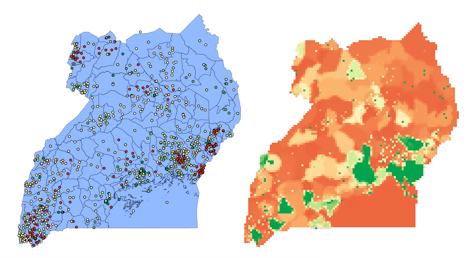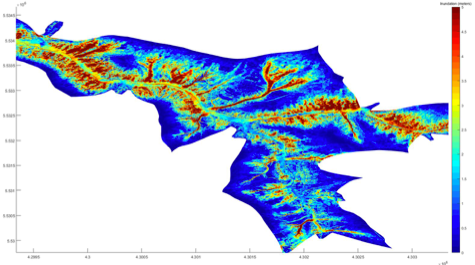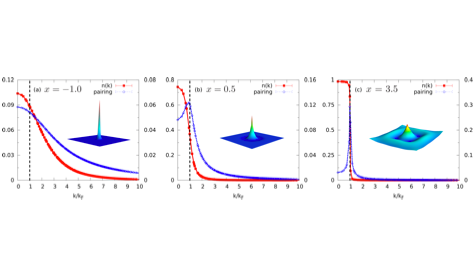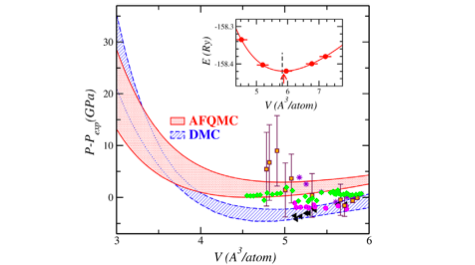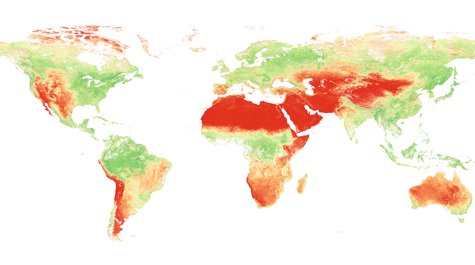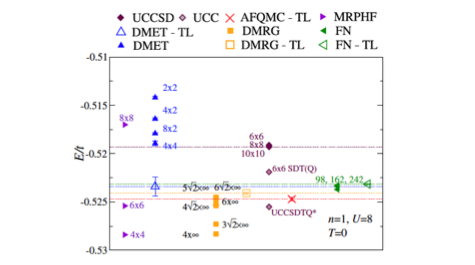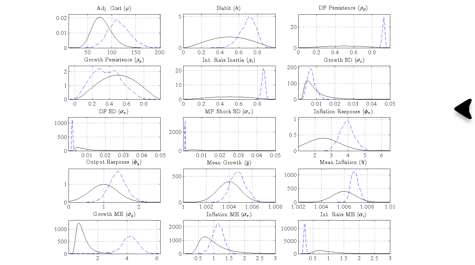Research Computing
The Information Technology department at William & Mary is involved in a range of the university’s activities. We work with students, faculty and staff in finding technology-based solutions to complex problems. Within the academic realm few problems are more complex than those tackled in research computing.
Enter High Performance Computing
W&M IT includes among its ranks a team dedicated to providing computing power, technical skill, and high level of intellectual acumen to support the array of computing projects conducted by researchers within the campus community. This team, the High Performance Computing (HPC) team, maintains a combination of computers with much more processing power than the typical personal computer. These computers are used by members of the W&M academic community to run robust research computing projects.
“The HPC facilities at W&M provide a healthy middle ground for calculations that are too demanding for a single desktop machine but are not too overwhelming that a large supercomputing facility is needed,” explains Eric Walter, the HPC manager, as well as a senior research scientist in the physics department.
The facilities include three main clusters of computers, named SciClone, Storm, and Chesapeake, providing over 2600 computing cores. The SciClone cluster has been the main staple of HPC computing on campus. It provides about 1200 computing cores and over 120 TB of storage. Storm and Chesapeake are recent additions to the fleet (2014) and their inclusion paved the way for an exponential increase in HPC utilization hours. For example, over 1,200,000 hours were used in May 2015 where about 28,000 were used in May 2014, just a year before.
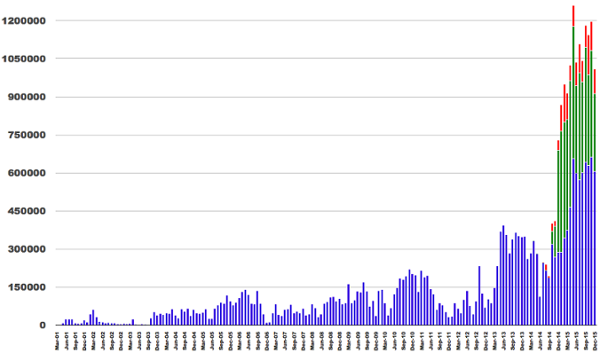 Walter and his team work to maintain the servers used to run various calculations. Research computing projects often require HPC services due to the large memory and storage requirements for the cutting-edge calculations they perform. Moreover, the HPC facilities allow university constituents the flexibility and convenience of conducting their research right here on campus.
Walter and his team work to maintain the servers used to run various calculations. Research computing projects often require HPC services due to the large memory and storage requirements for the cutting-edge calculations they perform. Moreover, the HPC facilities allow university constituents the flexibility and convenience of conducting their research right here on campus.
“It allows users to develop and test HPC software and algorithms on a local cluster that is supported by W&M staff,” adds Walter.
The Role of Research Computing
The HPC facilities serve a wide variety of researchers around the W&M community. Research computing is especially important to departments such as Physics, Applied Science and VIMS Physical Sciences. However, HPC equipment and services are also employed by researchers various academic departments, including the Economics department, as well as the Institute for the Theory & Practice of International Relations.
“I want to go on record to say that [the HPC team] has been extremely important to the success of my research program and the breadth and strength of mathematical/computational science at W&M,” noted Professor Gregory Smith, an associate professor of Applied Science, in an email.
Smith’s work in the applied sciences exposes him to appreciable collaboration with HPC team and their facilities. He also noted his excitement over the University’s dedication to his field, adding, “I am highly appreciative of the administration’s continued support of centralized high performance computing at The College.”
Dennis Manos, the Vice Provost for Research & Graduate Professional Studies, expressed a similar sentiment, “It is good to know that computational science continues to be of great importance to the university.”
A Look towards the Future
William & Mary has plans for continued expansion of its research computing capabilities and Information Technology’s HPC promises to be an integral part of that maturation. This point has been corroborated in the infrastructure of the university, as a new space dedicated to HPC is included in the third Integrated Science Center (ISC3) construction plans.
“It is our intention to keep a robust, resident modeling, simulation, and high-cycle computational capability alive for the foreseeable future. So [the HPC team members] are puzzling out the deep infrastructure needs on the final approach to designs of the interior of ISC3… There is no question that our need for computational capability will not go away,” Manos said in an email.
Tom Crockett, who retired as HPC Manager in June 2015 after 15 years with W&M IT, expressed confidence in future of research computing, “I fully expect this new academic data center to serve the College well for decades to come.”
Crockett holds a unique perspective that sheds light upon research computing’s development over the years. According to Crockett, there is no question that steady cultivation has created a full-bodied research computing substructure. “It has been gratifying to see the William & Mary HPC activity grow from a modest and sometimes rocky start to its present robust state,” says Crockett.
 Skip to main content
Skip to main content

